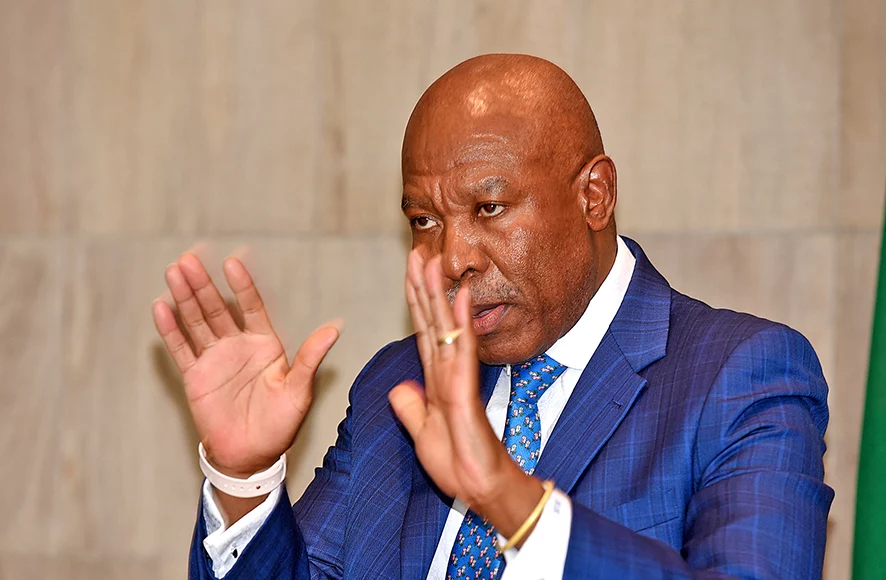The South African Reserve Bank has painted a gloomy picture for the country’s economy in the medium term, slashing its gross domestic product forecast for the next three years.
The central bank said on Thursday that the economy is hamstrung by a combination of lower commodity prices and heightened inflation, as well as interest rates, saying it now expects the domestic economy to grow by 1.8% in 2022, lower than the 1.9% it initially estimated.
It also cut its growth projection for 2023, from 1.4% to 1.1%, and said it expects the moribund economy to expand by just 1.4% in 2024 from the 1.7% it initially penciled in.
“Risks to the inflation outlook are assessed to the upside. Despite easing of global producer price and food inflation, Russia’s war in the Ukraine continues, with adverse effects on global prices generally. The oil market is expected to remain tight, with upside risk to prices,” Reserve Bank governor Lesetja Kganyago said.
“Electricity and other administered prices continue to present clear medium-term risks. Given low public sector wage assumptions and high petrol and food price inflation, considerable risk still attaches to the forecast for average salaries.
“Higher-than-expected inflation has pushed major central banks [around the world] to accelerate the normalisation of policy rates.”
The tone in the statement by the monetary policy committee (MPC) suggests that it will not be cutting interest rates anytime soon, after it announced another hike in the cost of credit.
At its last meeting of the year which concluded on Thursday, the MPC raised the benchmark repo rate by 75 basis points to 7%. The repo rate is the interest rate at which the Reserve Bank lends money to commercial banking groups.
An increase in the repo rate has influences the prime lending rate that the commercial banks charge when they lend to their clients.
The MPC decision to hike the repo rate means the prime lending rate will now be increased to 10.50% in November from 9.75%.
The Reserve Bank has had to contend with runaway inflation for several months with the October inflation print coming in at 7.6%, which is above the central bank’s target band of 3% to 6%. Inflation in South Africa has breached the upper limit (6%) of the central bank’s target range for six consecutive months.
“The aim of policy is to anchor inflation expectations more firmly around the mid-point of the target band and to increase confidence of attaining the inflation target sustainably over time,” Kganyago said.
The hike in interest rates means consumers will pay more for taking or servicing credit.
Carl Coetzee, CEO of BetterBond, said the Reserve Bank is doing what it can to control inflation, so that consumers can look forward to lower interest rates again towards the end of 2023.
“… we urge consumers to budget prudently and encourage aspirant home buyers to factor rate increases into their calculations when applying for a bond. Affordability is always important when buying a home, irrespective of whether rates are going up or not,” Coetzee said.
“Although we expect house prices to soften over the next months, as the interest rate stabiliises, property remains a sound investment option, especially during these challenging economic times.”
For more business news from Sunday World, click here.
Follow @SundayWorldZA on Twitter and @sundayworldza on Instagram, or like our Facebook Page, Sunday World, by clicking here for the latest breaking news in South Africa. To Subscribe to Sunday World, click here




